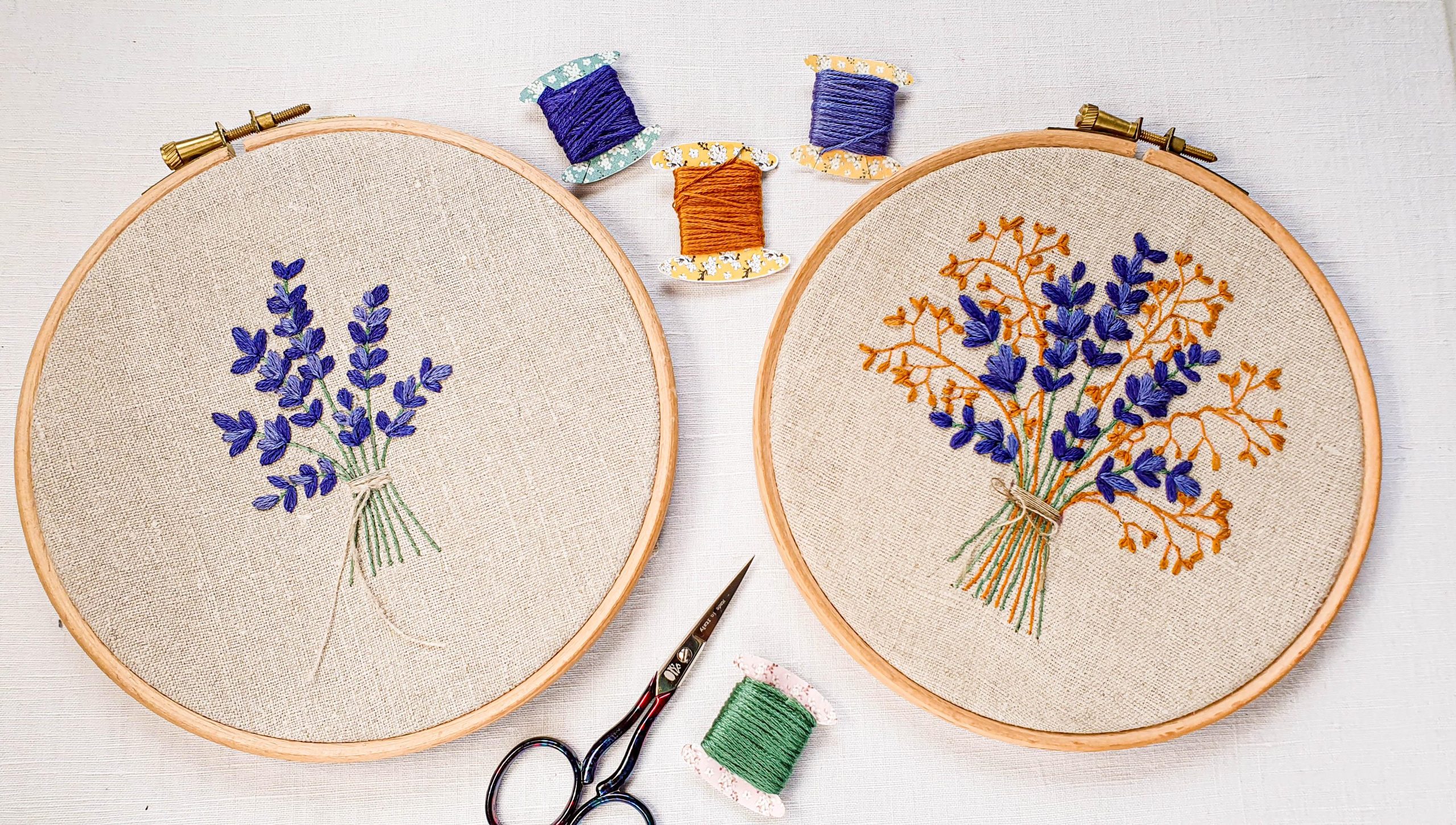The Art of Hand Embroidery: Essential Techniques and Tips
Hand embroidery is a timeless craft that allows for endless creativity and personal expression. Whether you’re a seasoned stitcher or a beginner eager to learn, mastering the essential techniques and understanding the best practices can elevate your embroidery projects. In this guide, we’ll explore the foundational techniques of hand embroidery and provide useful tips to help you create beautiful and intricate designs. Discover “The Art of Hand Embroidery: Essential Techniques and Tips” to master foundational stitches, explore advanced techniques
Understanding Hand Embroidery
Hand embroidery is a technique of decorating fabric with needle and thread. It has been practiced for centuries and is known for its intricate and detailed designs. The beauty of hand embroidery lies in its versatility and the ability to personalize and customize designs. From simple stitches to complex patterns, hand embroidery offers a range of possibilities for creative expression.
Types of Hand Embroidery
There are several styles of hand embroidery, each with its unique characteristics:
Surface Embroidery: This is the most common form, where designs are stitched on the surface of the fabric. It includes techniques like satin stitch, French knots, and chain stitch.
Counted Thread Embroidery: In this style, stitches are counted and worked over a grid, such as in cross-stitch or blackwork.
Freestyle Embroidery: This technique allows for free-form stitching without a pre-drawn design. It often combines various stitches and techniques for a unique effect.
Essential Hand Embroidery Techniques
To achieve stunning embroidery results, it’s crucial to master several basic techniques. Here are some fundamental stitches and methods every embroiderer should know:
1. The Running Stitch
The running stitch is one of the simplest stitches used in hand embroidery. It creates a dashed line and is often used for outlining or filling small areas.
How to Do It:
Thread your needle and tie a knot at the end.
Insert the needle from the back of the fabric to the front.
Move the needle forward in a straight line, keeping the stitches evenly spaced.
Repeat the process until the desired length is covered.
2. The Satin Stitch
The satin stitch is used to fill in shapes with a smooth, shiny finish. It’s ideal for covering larger areas and achieving a polished look.
How to Do It:
Outline the shape you want to fill.
Start stitching from one edge of the shape to the other, placing each stitch closely together.
Continue stitching until the entire shape is filled.

3. The French Knot
The French knot adds texture and dimension to your embroidery. It’s often used for decorative elements like flowers or eyes.
How to Do It:
Bring the needle to the surface of the fabric.
Wrap the thread around the needle twice.
Insert the needle back into the fabric close to where it came out.
Pull the thread tight to form a knot.
4. The Chain Stitch
The chain stitch is versatile and can be used for outlining or filling in patterns. It creates a series of interlocking loops.
How to Do It:
Start with a single stitch, bringing the needle up through the fabric.
Create a loop by inserting the needle back into the fabric, slightly to the side of the starting point.
Pull the thread through to form a chain link.
Repeat to continue the chain.
Tips for Successful Hand Embroidery
Mastering hand embroidery takes practice and patience. Here are some tips to help you along the way:
1. Choose the Right Fabric
Selecting the right fabric is crucial for successful embroidery. Fabrics like cotton, linen, and even denim work well for hand embroidery. Ensure the fabric is stable and not too slippery to avoid distortion in your design.
2. Use Quality Threads
Investing in high-quality embroidery threads can make a significant difference. Threads that are smooth and have a consistent color will result in a cleaner, more professional look. Cotton and silk threads are popular choices for their sheen and durability. https://www.industrialandsafetywarehouse.com.au/embroidery-in-sydney/
3. Keep Your Needles Sharp
Using sharp needles is essential for clean stitching. Dull needles can cause the fabric to snag or create uneven stitches. Regularly replace needles to maintain optimal performance.
4. Practice on Scrap Fabric
Before starting on your final piece, practice your stitches on a scrap piece of fabric. This allows you to perfect your technique and avoid mistakes on your main project.
5. Pay Attention to Tension
Maintaining consistent thread tension is key to achieving uniform stitches. Avoid pulling the thread too tight, as this can cause puckering in the fabric. Practice to find the right balance for smooth, even stitches.
6. Use an Embroidery Hoop
An embroidery hoop keeps the fabric taut, making it easier to stitch and preventing distortion. Adjust the hoop as needed to keep the fabric smooth and wrinkle-free.
Advanced Techniques and Ideas
Once you’ve mastered the basics, you may want to explore more advanced techniques and creative ideas:
1. Appliqué
Appliqué involves sewing a piece of fabric onto a larger piece to create a design. It’s a great way to add texture and dimension to your embroidery projects.
2. Embroidered Monograms
Personalize your projects with embroidered monograms. This technique involves stitching initials or names, adding a unique and personal touch to your creations.
3. Mixed Media
Combine hand embroidery with other craft techniques like painting or beading for a mixed-media approach. This adds depth and interest to your projects.
Conclusion
Hand embroidery is a beautiful and rewarding craft that offers endless possibilities for creativity. By mastering essential techniques and following these tips, you can create stunning and personalized designs. Whether you’re embellishing clothing, creating home décor, or crafting unique gifts, hand embroidery allows you to bring your artistic vision to life.
With practice and patience, you’ll be able to explore advanced techniques and develop your own style. Embrace the art of hand embroidery and let your creativity flourish!
